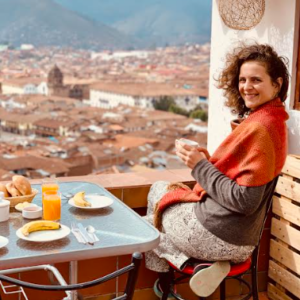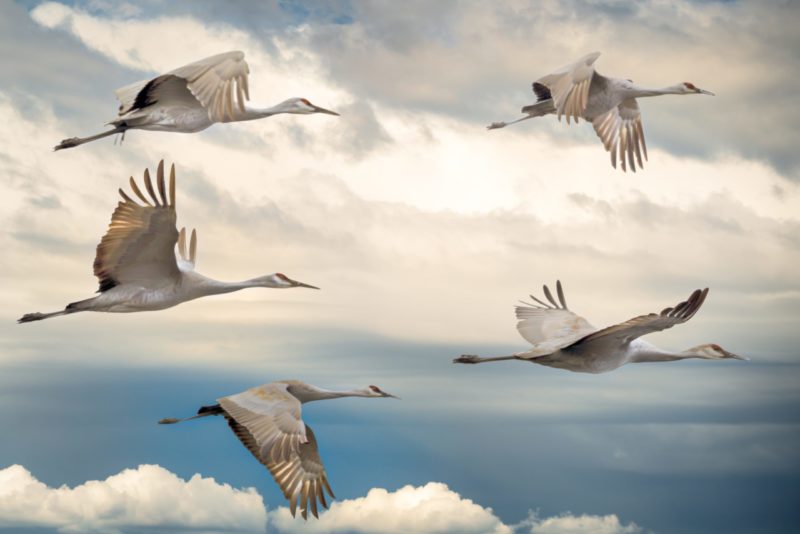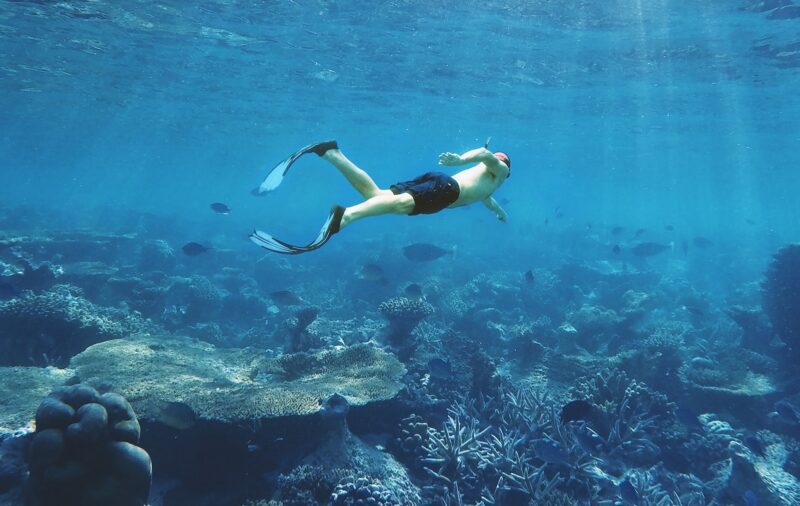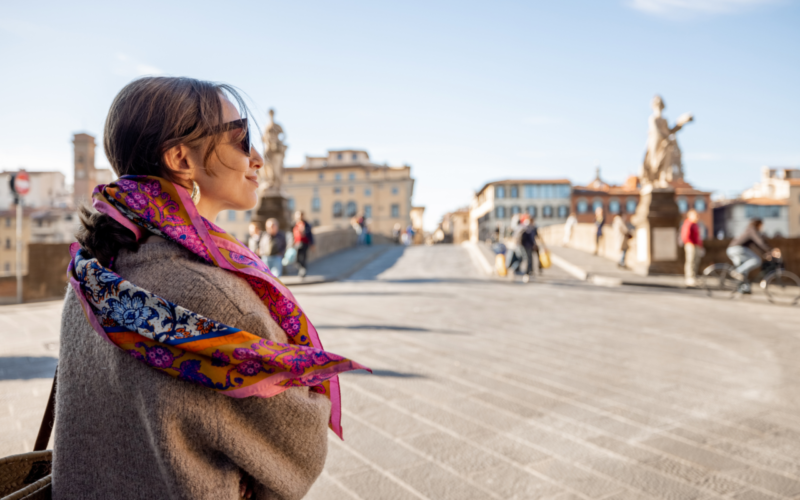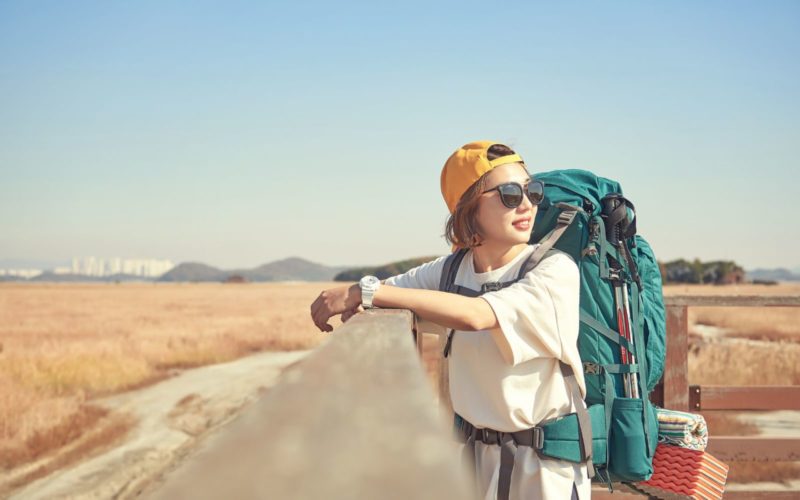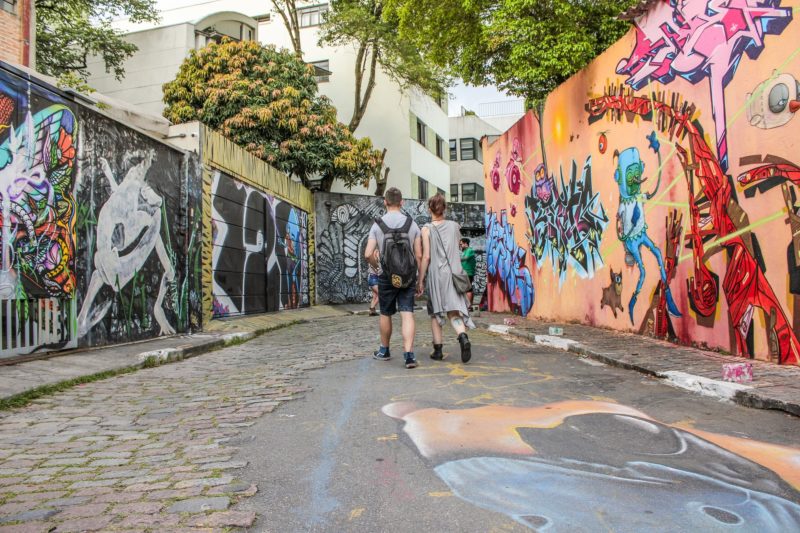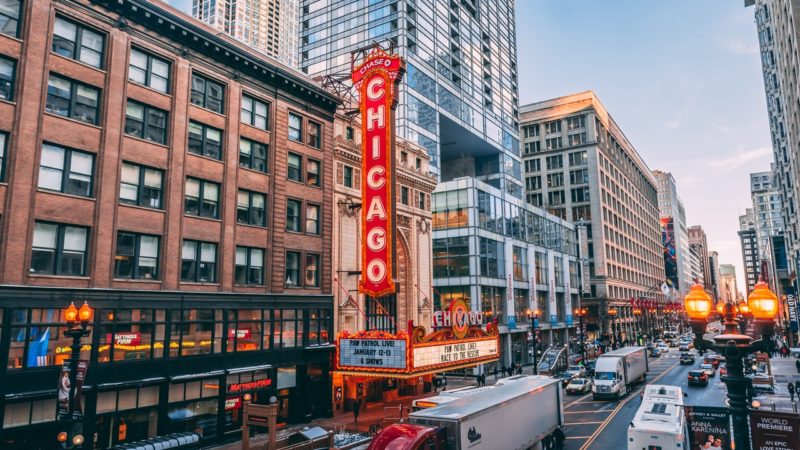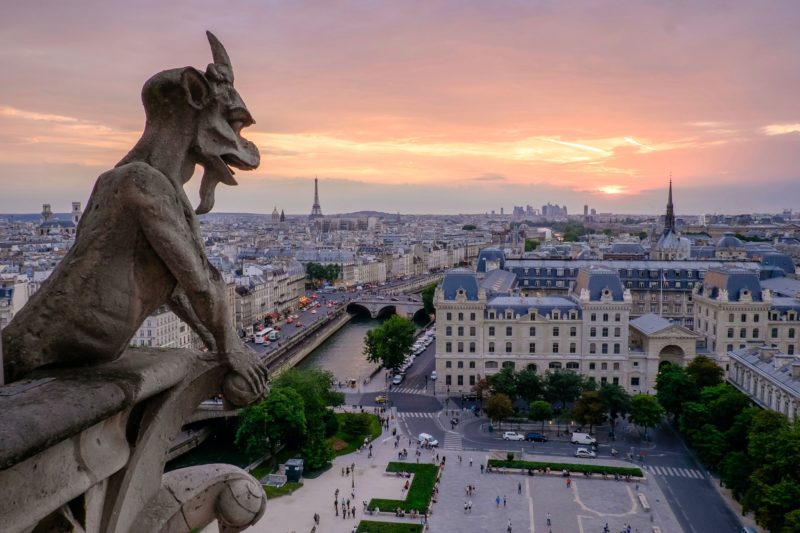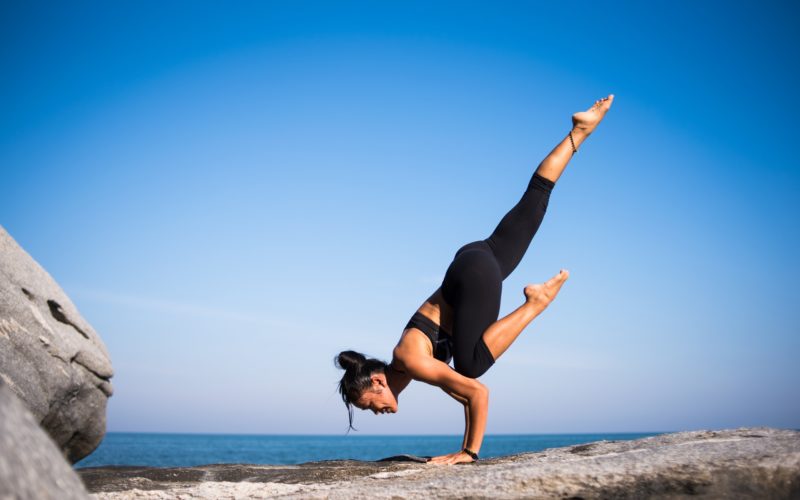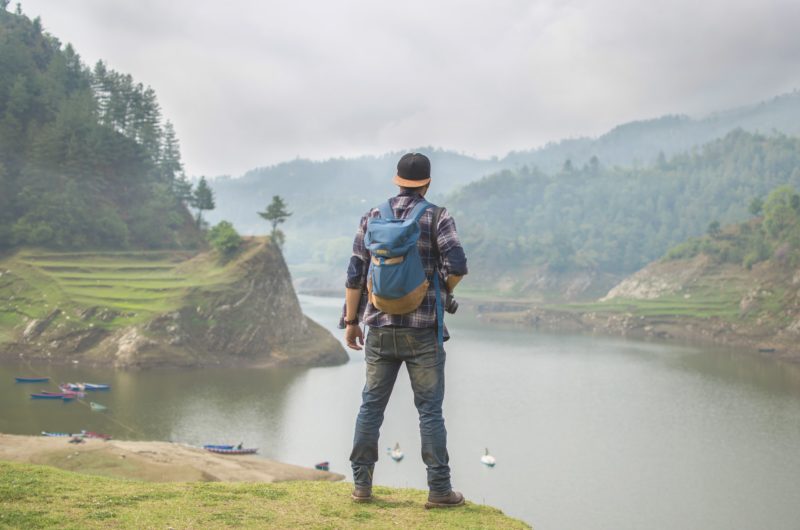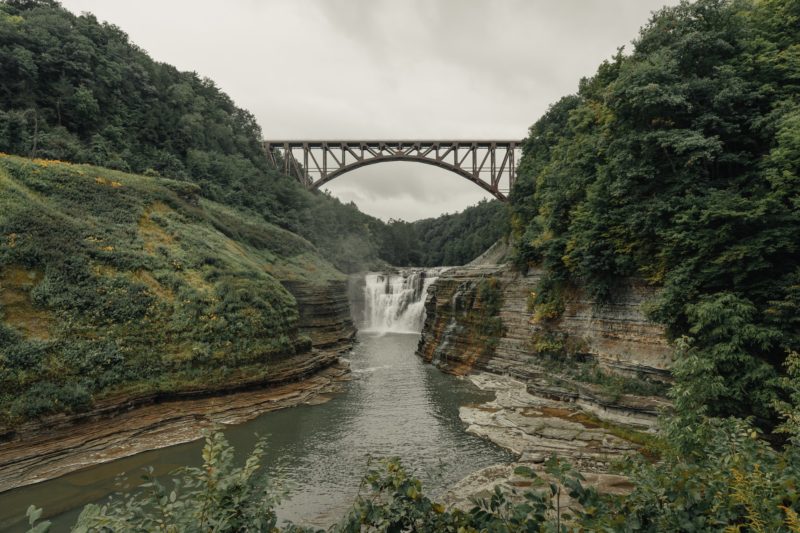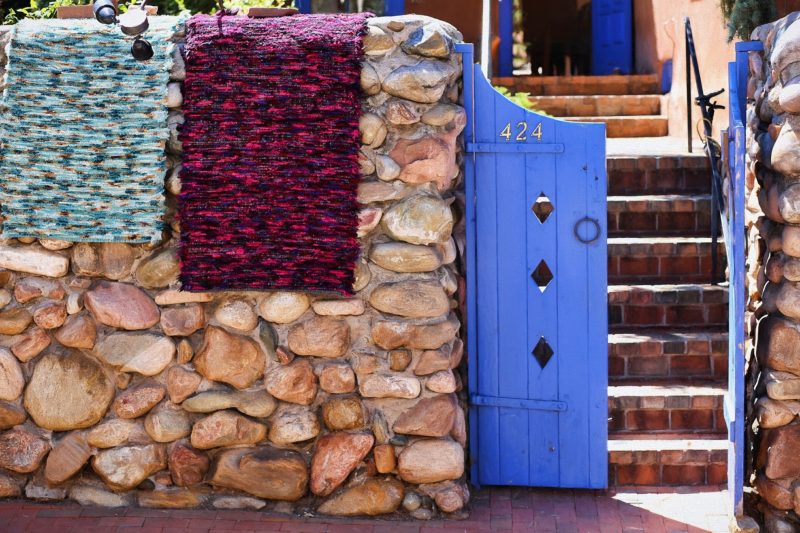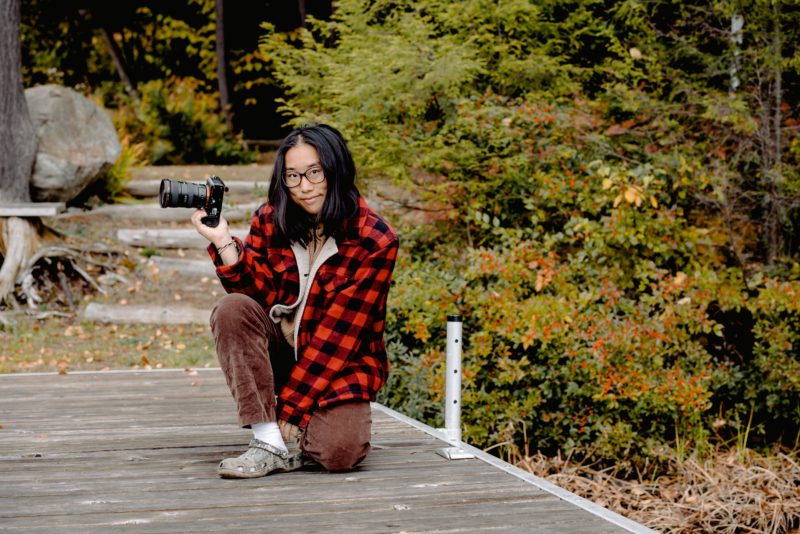What is Slow Travel?
If you’ve already heard about Slow Living, it isn’t going to be too hard to understand what Slow Travel is and how to travel slow. So let’s begin at the beginning by understanding why so many travelers are looking for this kind of experience.
What is Slow Living and how Does it Connect to Slow Travel?
The Beginning of the Slow Movement
Slow living begins with a movement against fast food. More precisely, in 1986 in Italy, Carlos Petrini and a group of activists protested against McDonald’s, who were building a restaurant in Rome. This started the Slow Food movement.
Regional traditions, local shopping, organic agriculture, healthy food, gastronomic pleasure, and a slow pace of life were some of the group’s defenses, inspiring many people to question the fast life offered to the population, particularly through its diet.
Slow food helped people question not just the food but also all the fast ways to consume and live that big industry had created and introduced into society. The reason for so many clothes in the closet, cars in the garage, and accumulation of objects started to be questioned, leading to slow movements such as Minimalism or Zero Waste.
Slow Living and Slow Travel
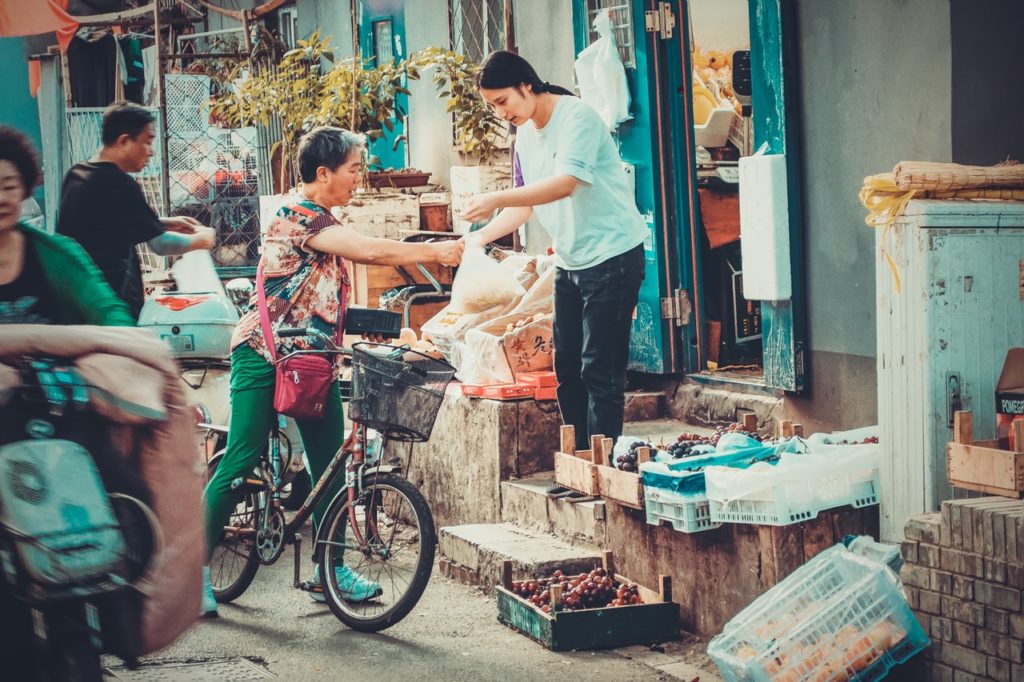
When we talk about tourism, we can see the fast life mentality represented when people use their trip just to take a photo at the hot spots, look for the same food they eat in their hometown, and not pay attention to the local culture while they’re there. Slowing down tourism is understanding how to respect and integrate with the destination. Our recent global pandemic brought this even more into light. The tourism industry’s desire to ‘build back better’ is inherently linked to sustainability and slow travel.
Slow Living or Slow Travel isn’t just a way to do things, but so much more! It is a step towards a life with more meaning, where you have time to prepare your food, talk with your neighbors, and use your money wisely. For some people, it is a protest against industry that is making us consume the Earth’s assets and natural resources.
The first step to adopting the slow living and slow travel way of being, is to question: why?
Why am I living to work and accumulate things? Why am I traveling to accumulate only photos and no real knowledge of a new place?
Here you can start to look at your life and question what is important to you. What makes you happy, and what is worth dedicating your time to, bringing fewer material things and more experiences to your life. With social media becoming big business, people start looking for more exclusive experiences to show the world, turning their travel into a bucket list. But is that making them happy? Have they truly experienced a place? Slow travel realigns our relationship with travel. We want to shout this from the hilltops, so that every one of us can travel in ways that truly enrich us, and enriches the destinations we visit!.
What is Slow Travel
Slow travel is basically adopting the principles of slow living while you’re on the road, preferring to connect with local culture, people, and experiences. It’s about taking time to know a place more deeply. But it is also intimately connected to the objective of your trip and its impact.
Travel is fantastic. You can rest, know new places and new people, and even have a deep connection with nature (depending on your destination). But it can also be a problem for communities and the environment.
Some of the negative impacts of tourism are loss of biodiversity, depletion of natural resources, deforestation, unsustainable use of land and social implications with real estate speculation, population growth, and changes in the local economy. Cultural sites can be overrun or disrespected.
When we talk about slow travel, we are automatically thinking about traveling with responsibility, supporting local businesses, respecting the community, taking care of nature, and connecting with people and ourselves. These are things that you can do when you don’t rush and want to connect with the place.
Slow travel doesn’t have to be a long trip. You can travel slowly even when it’s only for a weekend. Here’s a comparison between two weekends to illustrate a slow travel example:
Fast Travel at the beach: go to the most famous places, make a quick visit to take photos, shop in a big touristy store, eat in a food chain, and sleep in a hotel chain.
Slow Travel at the beach: look for one or two beaches that you want to know about, spend time there exploring, shop from a local and traditional producer or artisan, eat local food from a market or locally run restaurant, and sleep in a local hotel.

If you think that this kind of trip is only for a nature destination, know that that isn’t true. You can, for example, stay longer in a big city, and not only check out the well-known tourist places such as museums or big restaurants, but go to local theaters, parks, public events, and smaller museums. For example, check out our incredible guide to New York City for a way to see the city like never before. Also, Things to do in São Paulo, Brazil, is an excellent slow travel example.
Some Characteristics of Slow Travel
- Visit fewer places with more time.
- Support local businesses to shop, sleep, eat, and visit.
- Take time to connect with the place and with yourself.
- Visit the destination more like a local, for example, using the bus service.
Benefits of Slow Travel
The benefits of slow travel are for you, the local people, and the environment:
For you
Slowing down is an excellent way to connect with yourself and your surroundings. Unfortunately, in a society demanding from us fast decisions, staying connected on the internet, through messaging and posting all the time, it is hard to stop, breathe, and have time to relax.
When traveling slowly, you can start to live in the present, really knowing the place you are visiting, connecting with people in person, and doing things on your own time. That can be really refreshing.
Local People
Slow travel is the kind of trip that will inherently help the local people. Showing respect to their culture, supporting their businesses, and adapting yourself to the destination, rather than expecting it to be what you’re used to at home, will no doubt benefit that place. Your impact will be positive, rather than negative.
The Environment
With slow travel, it is easier to respect nature. When you are not in a hurry your footprint is lighter. You can also support slow tours, nature sanctuaries, and ethical wildlife preserves that support local environmental initiatives. By choosing responsible interactions with the local environment you help preserve sensitive ecosystems. Visiting an organic farm, or eating slow food, is not only healthier for you, it supports local farmers.
How to Slow Travel
Slow travel is more like a mindset and less about a destination. So, you have to be honest with yourself and ask if this is your kind of trip. If you are unwilling to visit fewer places, taste the local fare, make fewer plans, and follow the flow, you may struggle. It is worth practicing if this is the case. The rewards will be life-changing.
But, if you’re in a hurry to Slow Travel, here are some tips that can help:
Tips For Slow Travel
Where to stay
Choose lodgings away from the big center. Staying in smaller neighborhoods, next to the locals, is the perfect way to know a place more authentically, and not just what is made for tourists. You can also choose an alternative and sustainable Airbnb, and stay there for weeks or even months. Shop for food from daily local markets, and encourage the owner to keep the previous visitors’ staples (like coffee, salt, and pastas) in the kitchen.
Let it flow
It is better to travel without making too many plans, in that way you can get there and discover the best and unknown places. Find a local, sustainable tour company or guide to share the best off-the-beaten-track hidden gems. They may tell you about places that only the locals know about.
Locomotion
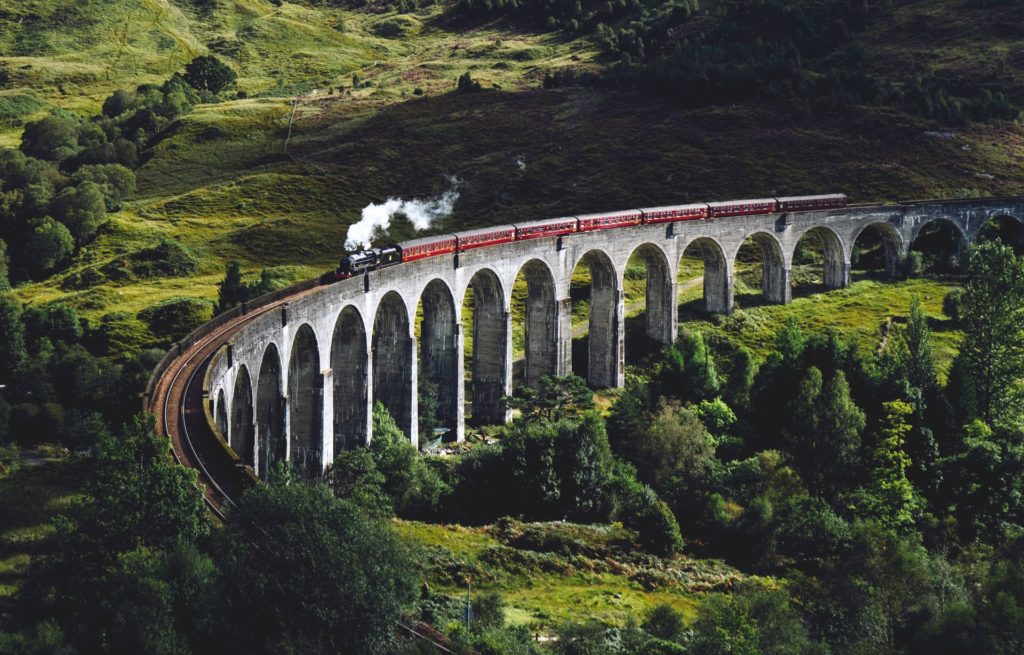
Taking the bus, the train, going for a walk, or biking are the best ways to know your destination. You’ll have time to see the places you pass by with more details and can be next to local people and other travelers. This is a great chance to test your new language skills.
Give a break from technology
It is entertaining to share with your friends your amazing trip, but take this time to connect more in the physical world. One good tip is if you will use your cellphone to take photos or film, use airplane mode and post just when you get to the hotel, or better yet – wait till you get home!
To reduce your traveler impact and have a good time on the road, you can also learn more about ecotourism and sustainable travel. That will make your slow travel adventures even better.
We wish you a great, slow, and refreshing trip!




